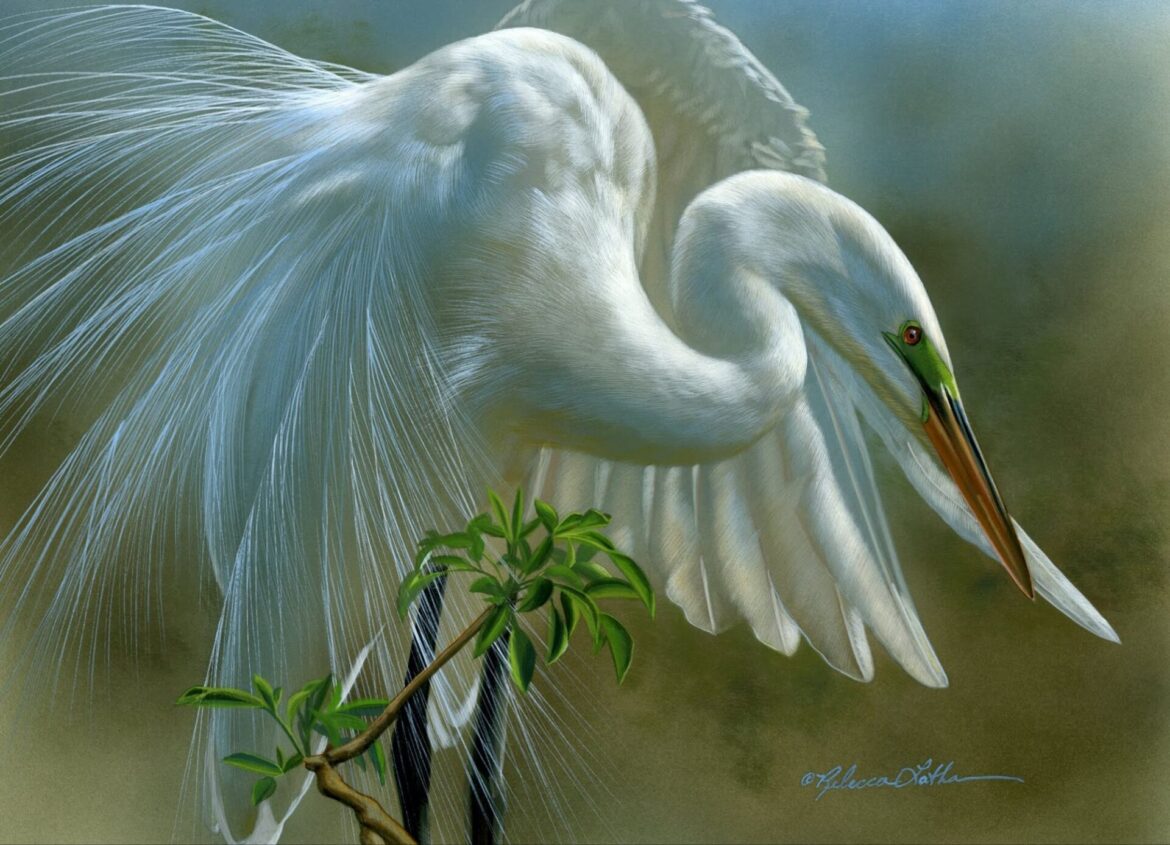There is an undeniable force in beauty—an influence that transcends the visual and speaks directly to the human spirit. It is this power that has guided my work as an artist, compelling me to share the splendor of the natural world in the hopes that others, too, may feel inspired to protect it.
Art allows us to pause, to truly see. In the quiet gaze of a wolf or the delicate texture of an owl’s feathers, there exists a story—one of resilience, balance, and the fragile thread that connects all life. Yet, too often, these narratives remain unseen, overshadowed by the distractions of our daily lives. Through detailed realism, I strive to bring these creatures into view, not merely as subjects to be admired, but as reminders of the intricate world we are privileged to share.
Beauty, when honored and appreciated, has the remarkable ability to soften barriers. It transforms distant concerns into personal realities. A person who has never encountered a fox in the wild may still feel a stirring of emotion when faced with its likeness—a recognition of its vulnerability, its elegance, its right to exist unthreatened. This moment of connection, no matter how small, plants the seed of conservation.
In the presence of beauty, we remember what is worth protecting. We recognize the richness of the forests, the grace of the waterways, and the irreplaceable creatures that inhabit them. And perhaps most importantly, we understand that we, too, are part of this landscape—not separate from nature, but deeply entwined with it.
Art, then, is more than an expression; it is a call to action. It is a bridge between admiration and responsibility, gently guiding the viewer from appreciation to advocacy. If my work can serve as that connection—if it can awaken a love for the wild that leads to its protection—then it has fulfilled its purpose.
For beauty is not simply something to observe. It is something to defend.
